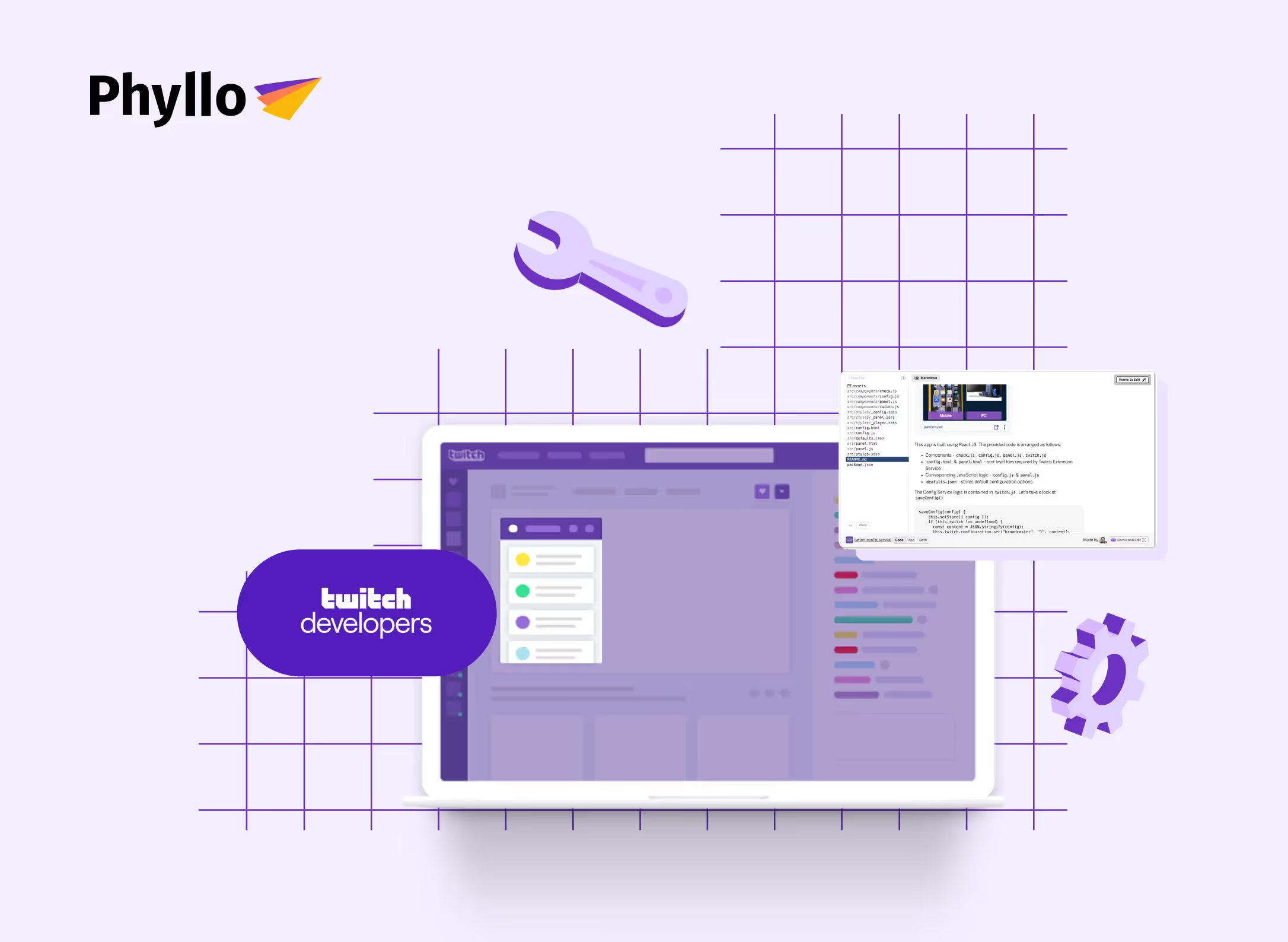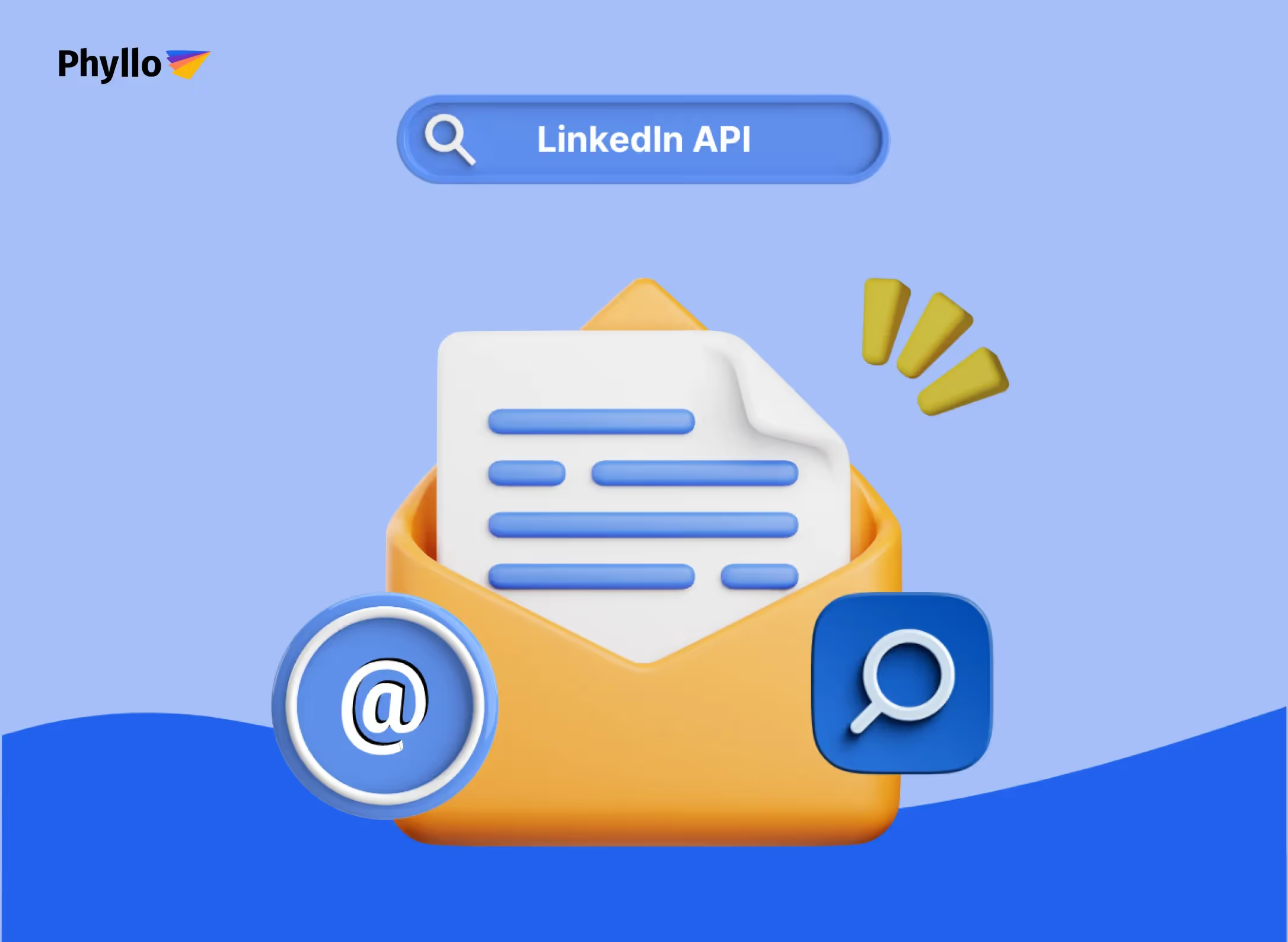TL;DR
Social listening APIs are changing how brands detect risks tied to influencer partnerships. By analyzing conversations, mentions, sentiment shifts, and patterns across platforms in real time, these APIs uncover red flags like hate speech, misinformation, or controversial stances before they damage brand reputation. Manual screening can't keep up with the scale and speed that social listening tools like Phyllo’s Social Listening API deliver.
Why Influencer Risk Detection Matters in 2025
In the influencer economy of 2025, creators aren't just media channels — they are brand representatives. A single misstep from an influencer can trigger brand backlash, lost customer trust, and revenue loss. According to a Forrester report, 72% of marketers say brand safety is their top concern when working with creators. This makes real-time risk detection a business imperative.
Traditional vetting processes are no longer enough. Brands need tools that don’t just evaluate past behavior but continuously scan for evolving threats. That’s where social listening APIs come in.
What Is a Social Listening API?
Social listening APIs allow brands and platforms to automatically monitor conversations, mentions, trends, hashtags, and sentiment across social media platforms. They deliver structured insights based on unstructured data collected in real time from sources like Twitter, TikTok, Reddit, YouTube, and blogs.
Core Capabilities of a Social Listening API:
- Keyword monitoring (e.g., profanity, political triggers, or brand terms)
- Sentiment analysis (positive, neutral, negative trends)
- Volume spikes and anomalies
- Cross-platform coverage
- Automated alerts for risk triggers
APIs like Phyllo’s Social Listening API are designed to plug directly into existing influencer vetting and brand monitoring workflows.
The Limitations of Manual Monitoring
Before the rise of APIs, most brand teams manually monitored influencer behavior. This often meant:
- Searching for past controversies on Google
- Manually browsing through social feeds
- Reviewing old posts, captions, or public comments
Problems With This Approach:
- Too slow for real-time detection
- Prone to human bias
- Unable to scale across hundreds of influencers
- Misses hidden conversations or indirect mentions
Manual monitoring may help with known influencers, but it simply can’t catch emerging issues at scale.
How Social Listening APIs Improve Influencer Vetting
Social listening APIs give brands a continuous layer of protection that begins at the vetting stage and continues throughout the campaign lifecycle.
Key Use Cases:
1. Pre-Campaign Risk Scanning
Before launching a partnership, brands can use APIs to:
- Analyze influencer name mentions across platforms
- Flag mentions tied to harmful or controversial topics
- Detect past sentiment spikes tied to public backlash
2. Ongoing Campaign Monitoring
Once a campaign is live, APIs monitor the influencer’s brand mentions, hashtags, and engagement for:
- Negative sentiment spikes
- Sudden backlash trends
- Offensive or policy-violating content
3. Post-Campaign Auditing
APIs also help evaluate long-term impact:
- Did sentiment remain positive?
- Were any red flags triggered after the campaign?
- Did audience perception shift?
Solutions like Phyllo’s Social Screening combine listening, profiling, and content intelligence for end-to-end monitoring.
Top Red Flags Detected by Social Listening APIs
Let’s explore the most common red flags brands want to catch:
Using an API ensures that these signals are detected automatically, even in hidden threads, replies, or obscure blog references.
Comparison: Social Listening API vs Manual Risk Detection
API Integration Workflow for Brand Safety
Let’s walk through how a modern brand uses APIs to monitor influencer risk:
Step 1: Profile Setup
- Connect influencer handles into the Phyllo Influencer Vetting Dashboard
Step 2: Listening Layer Activation
- Define keywords, risk categories, and brand terms
- Configure real-time alert settings
Step 3: Monitoring and Reporting
- Get alerts for sentiment drops, keyword matches, and negative spikes
- Review detailed analysis via Phyllo’s Social Media Intelligence platform
Case Study: Fast Fashion Brand Avoids Crisis Using Social Listening API
A fast fashion brand partnered with a Gen Z influencer for an international campaign. Before the launch, they ran a historical scan using Phyllo’s Social Listening API.
What They Found:
- A 2022 Reddit thread criticizing the influencer’s body-shaming tweets from 2019
- An Instagram post flagged for transphobic language
- Negative sentiment spikes tied to the influencer's Twitter mentions
The brand paused the partnership and chose a different creator — avoiding a reputational disaster and potential social media backlash.
Legal & Ethical Considerations
While social listening offers tremendous value, it must be done ethically. APIs must:
- Access only public data or data with user consent
- Comply with GDPR, CCPA, and platform-specific terms
- Be used for decision support, not bias or discrimination
Phyllo’s platform is built with compliance-first architecture, ensuring privacy-safe implementation.
Benefits of Social Listening API for Brands
✅ Real-time Monitoring
Stop relying on post-incident damage control — detect risk before it spreads.
✅ Reduced Manual Overhead
Scale your vetting operations without scaling your team.
✅ Deeper Contextual Understanding
Understand how the influencer’s audience reacts and aligns with your brand.
✅ Continuous Risk Management
APIs don’t stop working after you hit “Publish.” They keep you protected throughout the partnership.
Final Thoughts
Influencer vetting is no longer just about audience size or content aesthetics. In 2025, it’s about real-time risk intelligence and brand-aligned behavior. Social listening APIs empower brands to take control of this process, detect red flags early, and protect reputation at scale.
If your brand still relies on manual checks, it’s time to upgrade. Platforms like Phyllo offer a full-stack solution for:
- Influencer vetting and background screening
- Social listening and audience intelligence
- Content monitoring and sentiment tracking
- Risk alerts and campaign monitoring
Frequently Asked Questions
1. What is a social listening API?
A social listening API allows software to monitor online conversations, keywords, hashtags, and sentiment in real time across social platforms like TikTok, Twitter, YouTube, and Reddit.
2. How do brands use social listening APIs for influencer vetting?
Brands use APIs to scan for past controversies, sentiment trends, and potential red flags before and during influencer collaborations.
3. Can APIs detect hate speech or offensive content?
Yes. Most APIs use natural language processing (NLP) to detect hate speech, slurs, toxic behavior, and graphic content.
4. What platforms are supported by social media listening APIs?
APIs like Phyllo’s cover platforms including Instagram, TikTok, Twitter, Reddit, YouTube, and blog/forum data.
5. Is social listening legal?
Yes, if the API accesses public data or user-consented data, and follows regulations like GDPR and CCPA.
6. How accurate are these APIs?
When combined with machine learning, social listening APIs offer high accuracy in sentiment detection, keyword flagging, and behavioral analysis.
7. Do I need coding skills to use a social listening API?
No. Platforms like Phyllo provide no-code dashboards and pre-integrated solutions for marketers and risk teams.
8. Can APIs track audience sentiment during a live campaign?
Yes. Real-time sentiment tracking helps brands detect early signs of backlash and adapt strategies quickly.











.avif)
.gif)
.avif)


